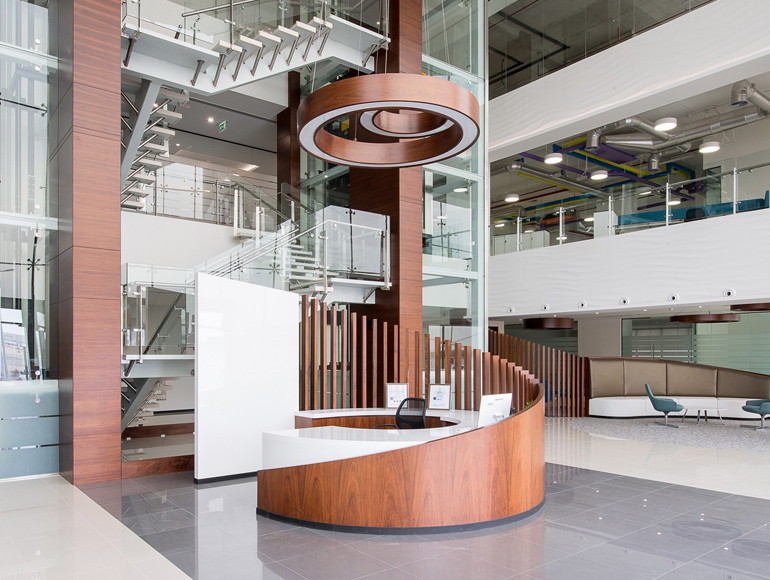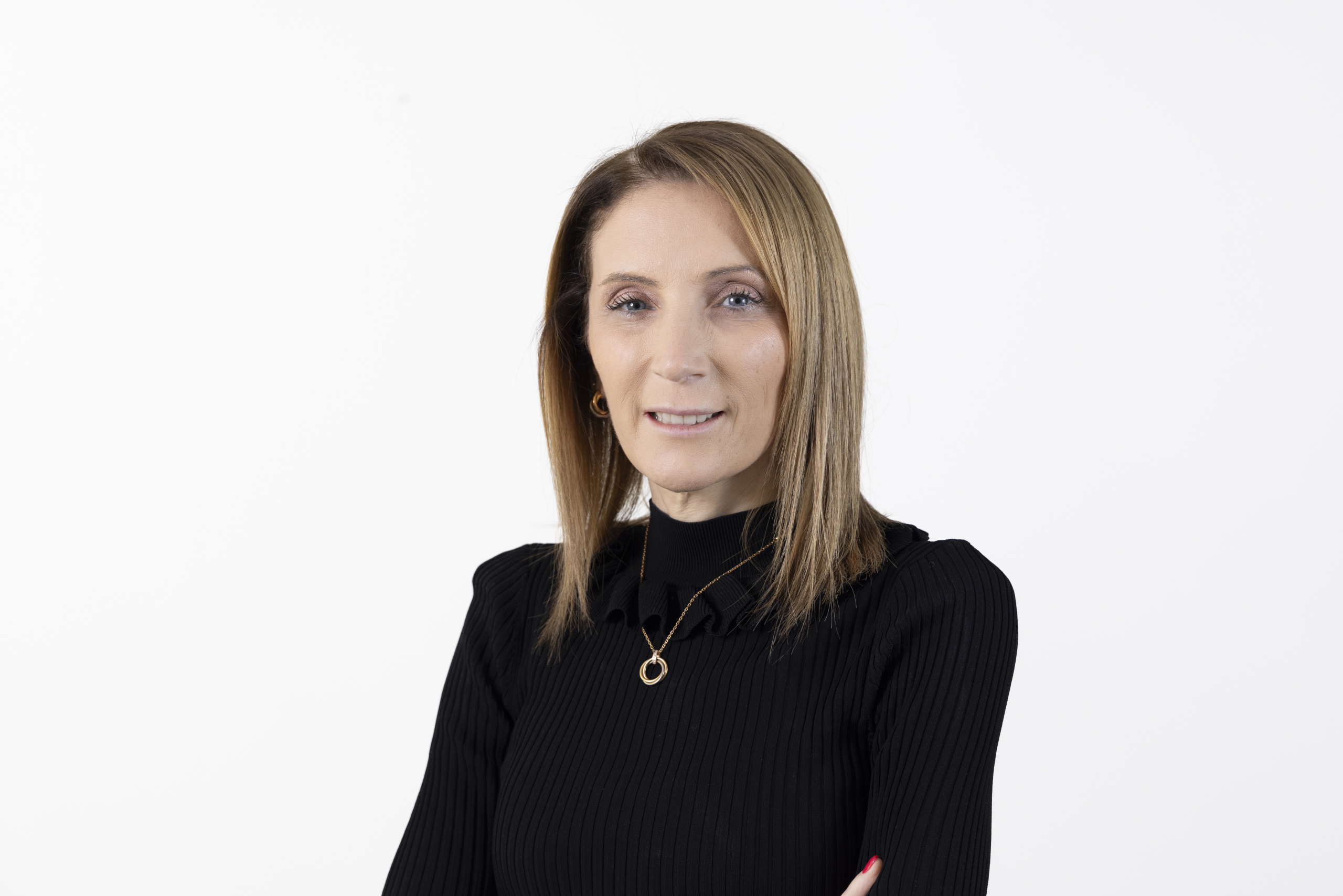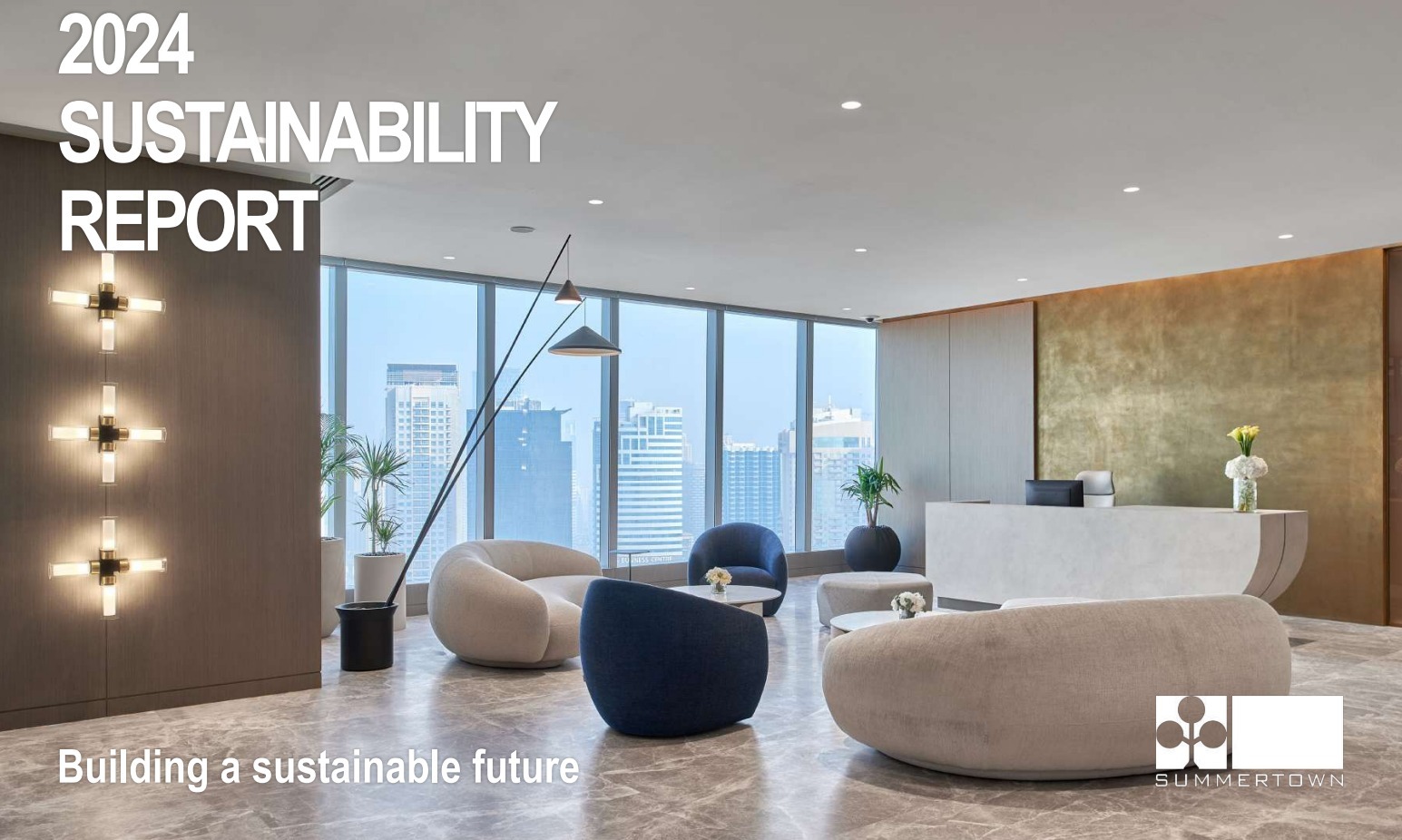I. Introduction to Technology in Sustainable Office Fit Out
According to a recent study undertaken by Harvard based researchers, the benefits of green buildings far exceed than just that of reduced energy usage. Buildings consume nearly 40% of primary energy production around the world. Any cuts in energy consumption can have a tremendous impact on carbon emissions which is the main source of climate change. Moreover, green buildings give rise to many other benefits related to employee and occupant health and well-being. The research team quantified these associated social and benefits in billions of dollars.[1]
Just a few years ago, the UAE seemed to be one of the least sustainable countries in the world, with one of the highest global carbon footprints; residents consuming double the energy of many European nations. According to the WWF Living Planet 2008 report, based on 2005 data, UAE residents consumed more natural resources per capita than any other country, ahead of the US and Kuwait. [2]
However, The UAE is changing due to visionary and proactive work by the government. It is now one of the standard bearers of environmental sustainability not only in the region but globally. The government has been consistent in its focus on achieving sustainable development goals as can be seen in the Dubai Integrated Energy Strategy, A green Economy for Sustainable Development in line with the UAE vision 2021, the Dubai Clean Energy Strategy 2050 and the UAE Energy Plan for 2050.
The UAE government at both the Federal and municipal levels has issued directives to encourage sustainability: energy use efficiency, water resource management, and reduced carbon emissions. Ambitious green targets have been established including: [3]
In Dubai
- Reducing energy and water consumption by 30% by 2030
- Increasing Solar proportion in energy mix to 25% by 2030
- 75% clean energy by 2050
In UAE
- 50% clean energy in total energy mix by 2050
- 75% waste treatment rate by 2020
As highlighted in previous posts, sustainability or “green building” is one of the dominant trends in the UAE real estate market. The drive towards sustainable design and construction is coming both from government initiatives as well as the private sector. The real estate market has responded to these government directions as well as to green building regulations in the UAE including Abu Dhabi’s Estidama Pearl Rating System, the Dubai Green Building Regulations and Dubai’s Al Safaat system by focusing on improving the environmental performance of new and existing structures, and integrating sustainable fit out principles. The demand for green commercial properties now exceed supply according to the recent Sustainability and Wellness report by Core Savills. According to the report, the UAE is now among the top 10 countries holding the Leadership in Energy and Environment Design certifications outside the US. Moreover, Dubai is the third among the cities with the highest number of green buildings with both LEED and BREEM certifications. By the end of 2017, Dubai had more than 550 projects undergoing LEED certification [4]. Increasingly, companies are including sustainability within their corporate real estate framework because the benefits of “green” thinking are becoming ever more obvious, in terms of increased employee productivity and well-being, as well as reduced operating costs.
Technological innovation has often been a double-edged sword in human history, for example, bringing enormous economic benefits to certain sectors while impoverishing others. Technological development has also led to increased environmental degradation, and it is, at the same time, our best hope for rescuing and restoring our environment, creating healthier and happier living, and working spaces. In our previous blogs, we discussed the necessity of moving towards sustainable design principles in commercial fit out for a variety of cogent reasons including:
- Reducing negative or harmful environmental impacts;
- Increasing employee productivity and providing safer and healthier working environments;
- Reducing costs, overheads, operating expenses; and
- Improving productivity, performance and profits.
II. The Smart Office is the Sustainable Office
In creating an innovative sustainable commercial fit out, the focus is always on creating a healthy and safe environment. Several elements must be brought into play, starting with designing flexible work areas and leisure spaces, managing temperatures and air quality, ensuring efficient use of energy and water and putting in place waste disposal methods.
1. Creating a Healthy Interior: Fit Out Materials
One of the first steps in ensuring a green office fit out is the selection of the materials to be used. Although there is often a focus on using natural and locally sourced resources, technology also has a role to play here. There are increasing numbers of artificial materials that are more environmentally safe than traditional building materials. For example, since 2015, Dubai Municipality has required the use of sustainable “green” concrete in all new construction. This concrete, according to The Big 5’s Green Building White Paper, uses environmentally friendly materials characterised by low-energy costs, high durability and low-maintenance requirements, and contains a large proportion of recycled or recyclable materials. [5] Dubai municipality promotes the use of eco-friendly Supplementary Cementing Materials (SMC) to replace ordinary cement.
Another trend in materials is the increasing use of carbon fibre rather than steel. Carbon fibre is around 90% lighter than steel, making it a greener alternative.
2. Managing Water Consumption: Use Less, Reuse More
Amritha Achuthan and Mohammed Dulaimi In their Paper “Implementing Green Design Initiatives in the UAE” observed that the UAE has one of the highest global water consumption levels because of the climate coupled with the high standard of living. Plus, it must be stressed that the UAE has no natural supply of fresh water and much of the potable water is supplied through expensive and complex desalination. They argue that careful use of available water and its reuse and harvesting is imperative.
They mention many ways to reduce the generation of wastewater, and to reduce potable water consumption including:
- Using high-efficiency fixtures
- Using automatic fixture sensors
- Applying metering controls
- Occupant sensors
- Flow restrictors
- Reduced flow aerators in toilets
- Low consumption fixtures of sinks and showers
- Dual flush water closet
- Ultra low flush urinals
- Non-water using plumbing fixtures – e.g. vacuum
The UAE is also moving toward the re-use of grey water. Dubai Municipality is working with the Dubai Electricity Water Authority (DEWA) to distribute treated sewage effluent for non-potable activities, such as toilet flushing, car washing, etc.
Achuthan and Dulaimi note that air conditioners produce large quantities of condensate due to the high level of humidity. This condensate can be harvested and used. [6] Burj Khalifa, for example, has one of the largest condensate recovery systems as a key feature of its “green” design. It is estimated that 15 million gallons of condensate water is recovered from the tower’s cooling equipment every year. This is being used to irrigate the sites extensive gardens. [7]
3. Energy Efficiency
a) Temperature Control
Dubai has the highest per capita consumption of energy in the world. Achuthan and Dulaimi point out that air conditioning and ventilation account for 60% of the total energy consumed in Dubai’s buildings. The large temperature differences between the indoors and outdoors in the UAE climate means that “…abundant waste energy can be recovered through exhaust air energy recovery systems, gray water heat recovery systems and cogeneration. Ducts, supplying conditioned air must be insulated to minimise heat loss and prevent condensation” [8]
b) Smart Lighting: Lighting management systems
Another important feature of sustainable interior fit out is the use of energy efficient technology to cut energy costs while improving the office environment.
Green offices are characterised by the use of natural light, which is known to have a beneficial impact on employees’ sense of well-being. Some of these daylighting techniques are:
- Solar harvesting
- Skylights
- Sloped ceilings
- Light shelves
- Reflective Surfaces and shading (to cut down on glare and heat)
Along with maximising the use of natural lighting, sustainable office must use all the available methods for cutting down on electricity consumption including: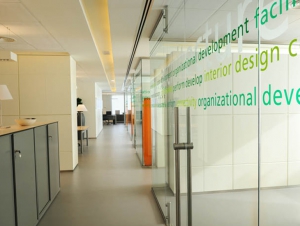
- Sensors or motion detectors for automatic lighting control;
- Photosensors near natural lighting sources to detect when artificial lighting is required;
- Timers to switch off, on and on at required times like after office hours or during weekends;
- Energy saving lighting (including LED, T5 and high efficiency fluorescent lights); and
- Zoned energy controls to manage low usage or low occupancy areas separately.
An emerging trend is the use of systems to mimic the naturally occurring Circadian rhythms. Research is being carried out to see how changing the intensity of lighting during the working day can help increase employee alertness and productivity. [10]
c) Transportation [11]
A vital method of encouraging sustainability is to provide access to sustainable travel modes, such as public transportation or bike paths as well as facilities for electric vehicles. [12]
The UAE is actively encouraging motorists to switch to electric cars to support its ambitions, environmental goals and to cut carbon emissions. “Incentives for Using Electric Vehicles” is a new federal platform with the objective of replacing 10% of the federal government’s car fleet with electric vehicles. New green insurance plans and green bank loans are also in the works.
In Dubai, electric vehicle owners will enjoy special incentives including charging for free at Dewa approved stations until 2019, using free designated green parking spots and receiving free electric vehicle registration and renewal fees.
Recently, Summertown Interiors installed an electric charging station for electric and hybrid vehicles at its Dubai headquarters, which can be used for free by all employees or visitors.
d) Energy Generation
Developing methods for on-site energy generation such as solar cells is becoming very popular. In the UAE, some companies such as MASDAR are already using PVCs (Photovoltaic cells) to generate electricity. It needs to be pointed out however that while the UAE may seem like the ideal location for using solar cells, in practice, the high levels of humidity and ambient dust, mean that maintaining PVC efficient operation can be costly.
4. Waste Management
Only 14% of waste in the UAE is being recycled, but the country has a target of 75% of waste reclamation by 2021. [13] To support this ambitious goal, any new office fit out or re-fit requires a waste management plan during works. The sustainable office fit out consultant should also help the client in integrating the office waste practices into the waste management system of the overall building. This can involve waste separation at the source to encourage recycling as well as recommendations for waste transport provisions.
5. Air Quality
Indoor air quality is often overlooked but is a very significant factor in human well-being. According to the US Environmental Protection Agency, indoor pollutants are often two to five times greater than those encountered outdoors. As part of Dubai’s 2015 Strategic Plan, the Dubai Municipality launched comprehensive indoor air quality study beginning with a sample of 70 public buildings. Sultan Essa Al Suwaidi, Head of the Public Safety section of Dubai Municipality at the time, identified many factors contributing to poor indoor air quality including:
- Emissions from building and decorating materials, including flooring and paints
- Emissions from technical and office equipment
- Ventilation practices and ventilation rates
- Building cleaning practices and products
- Wall structure permeability
- Ambient air quality [14]
Dubai Municipality has indoor air quality guidelines for new and existing buildings. Air quality should be tested frequently and there are technical specifications for the allowed levels of indoor pollutants. Smoking is banned except in designated areas. The Municipality encourages the installation of automatic sensors to adjust temperature, humidity and ventilation, and recommends frequent cleaning and maintenance of HVAC equipment. The minimum requirements for indoor air quality stipulate the use of air inlets and exhaust fans to cut down on emissions. [15]
It is worth noting that there is no safe level of internal pollution, as even minor levels of pollution can be harmful to the health, especially with prolonged exposure. Noting that in economically advanced countries such as the UAE, people can spend up to 90% of their time indoors. Fresh air is extremely important and is one of the main elements that can be used to flush out contaminants. In fact, Dubai Municipality Green Building Regulations require all new buildings to make provisions for opening windows, unless there is a valid security reason to prevent this. [16]
Providing fresh clean air and thermal comfort are essential to creating a healthy office environment. Air quality and temperature are two of the most frequent complaints made by office workers. [17] Improvements in air quality and temperature comfort can make employees feel more energetic, healthy and comfortable increasing their focus and productivity. Small initial investments in employee health can have a long-range positive impact on profitability. Improving indoor air quality involves a comprehensive strategy including:
- Integrating plants in the office space;
- Selecting low-emission materials, paints and coatings, furniture, flooring, and equipment;
- Ensuring fresh air inflows through windows or ventilation system; and
- Creating separate spaces for high emission office equipment.
6. Thermal Comfort
Thermal comfort is the term used to describe the subjective satisfaction with the thermal environment. It’s a rather complicated way of saying the level of employee satisfaction with the surrounding office temperature. Maintaining a satisfactory level of thermal comfort is one of the most important duties of a good office refit. Most people feel comfortable at room temperature around 20 to 22 °C but many other factors are involved in thermal comfort including gender, age, clothing, humidity and activity level. [18]
A recent study undertaken in Abu Dhabi found that many people found their buildings’ temperature was too cold. Responding to the study’s initial findings, one company changed its floor seating plan. The floor was unevenly cooled, so employees were given the option of switching to cooler or warmer areas according to their preference. [19]
Strategies to improve thermal comfort in the office must include a holistic approach, providing a carefully designed HVAC system considering office layout, window and skylight placement as well as seating plans. It must also allow for employee feedback. New technologies are allowing for the separation of temperature controls and fresh air supply systems, which is leading to increased thermal comfort. Another new technology is providing personalised thermal controls to employees so that they can adjust to their preferred temperature settings. [20]
III. Technology Integrated to Green Office
Integrating the latest technologies into an office fit-out can have a measurable impact on employee engagement, productivity and outlook. Green Fit out is a process that begins with design, selection of the appropriate materials, implementation, and finally hand-over to the client. The final stage is operation and maintenance.
One of the prime examples of this seamless integration of technology and sustainability is Summertown’s fit-out of the Smart Dubai office, the headquarters of the Dubai Smart City Initiative. Technological features included:
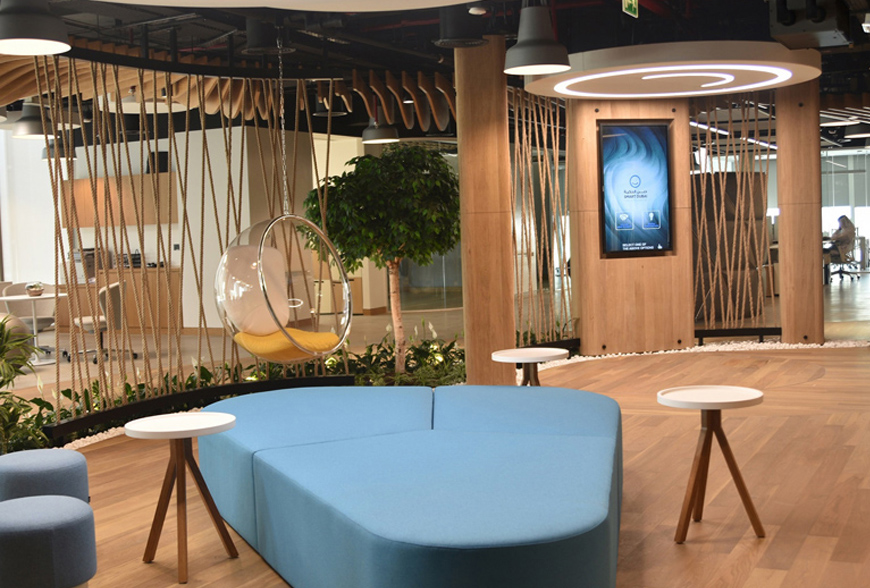
Seamless connectivity
Writable walls
Virtual unmanned reception area
Café with LED screen broadcasting live social media feeds
Flexible working areas [21]
But just as importantly, sustainable design principles were applied in the use of natural recyclable and renewable materials and in the use of biophilic elements. Wood is always a central element in Green office design, and Summertown made extensive use of it, installing bespoke curved wooden ceiling panels, wooden oak floors, landscaped gardens and roped partitions. During the fit out, Summertown made sure to implement green waste strategies to reduce environmental impact, leading to 50% recycling of waste. Also, 31% of project procurements met sustainability criteria, and Summertown implemented daily tracking and monitoring of energy and water consumption during the works to control consumption. [22] [23]
IV. Conclusion: A Green Office is an Efficient Happy Space
In previous posts, we have emphasised that by moving to a sustainable office fit out has a direct positive environmental impact by reducing carbon emissions and regulating the use of vital natural resources like energy and water. Following a holistic or comprehensive approach in office design, integrating technology, natural air and light, introducing plants and greenery can also have a measurable effect on employee well-being, increasing productivity and ultimately reducing costs and increasing profitability. A green office is a happier office; and a happier office delivers productivity.
